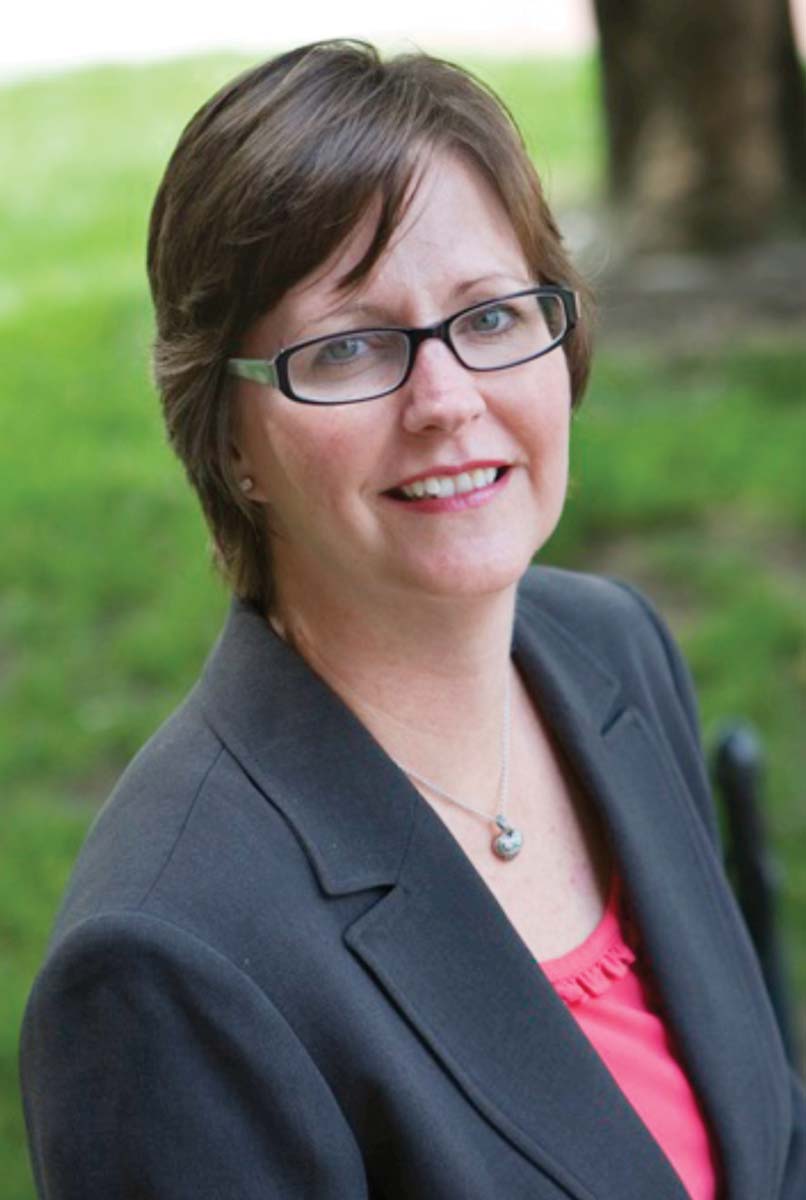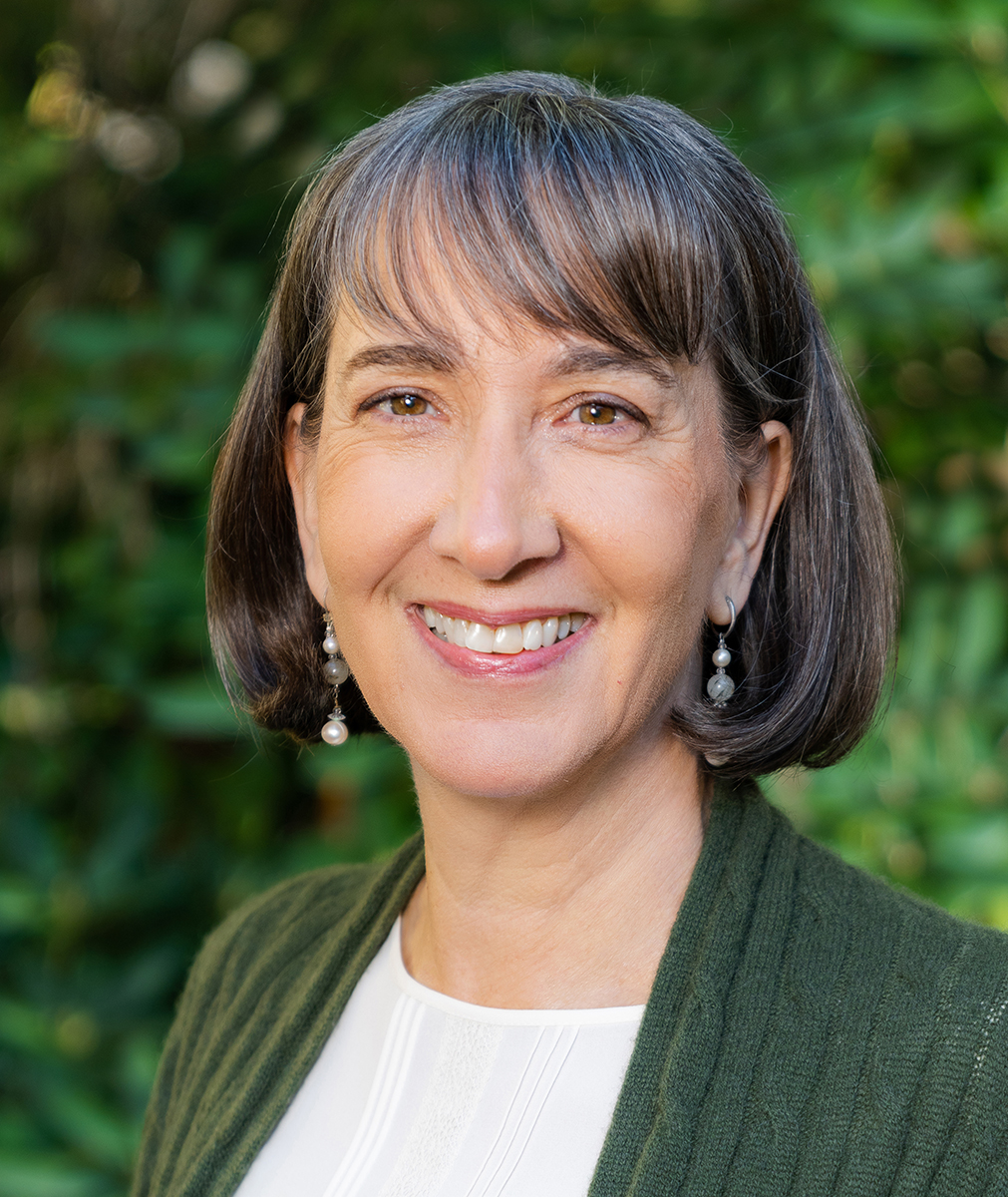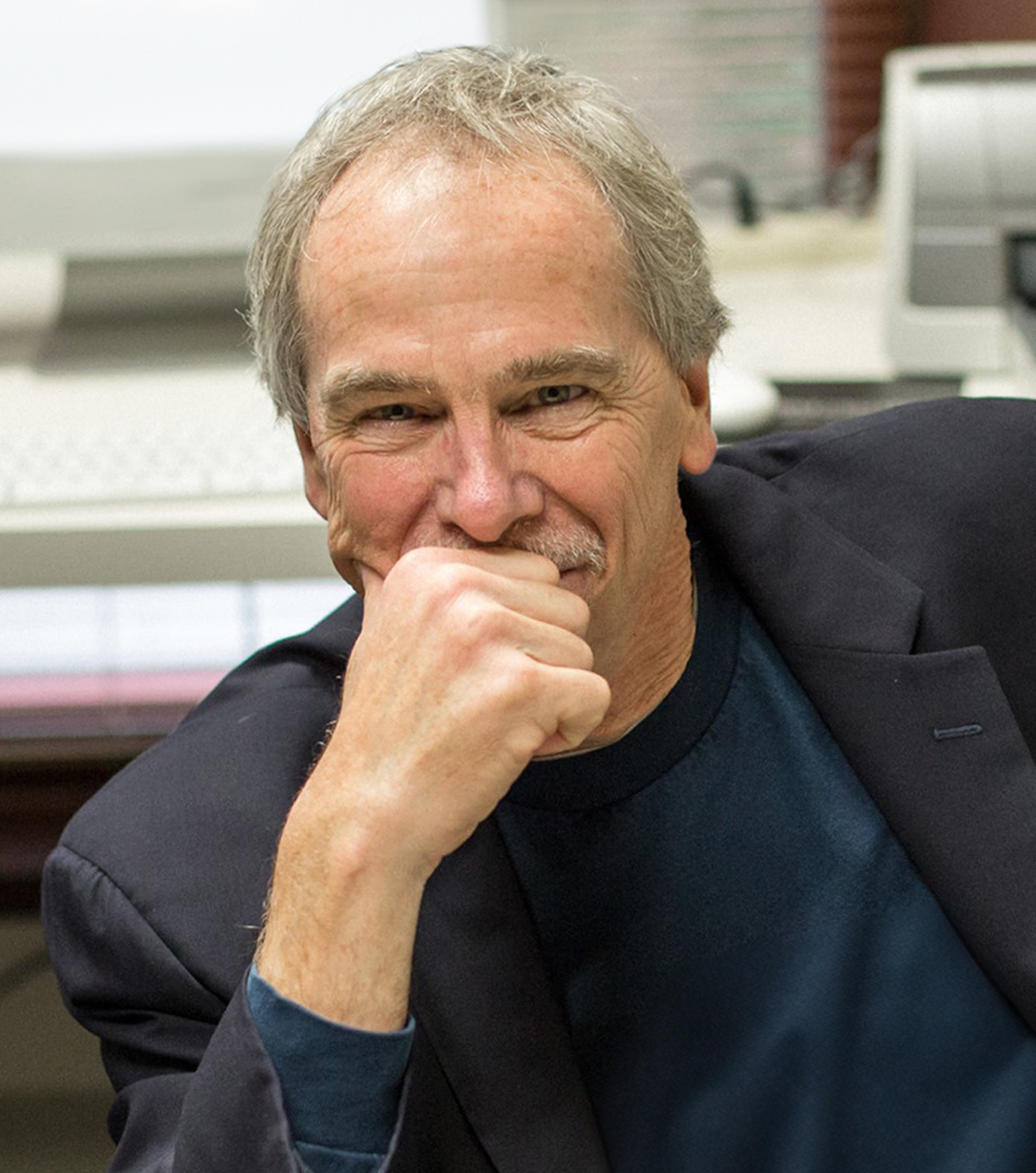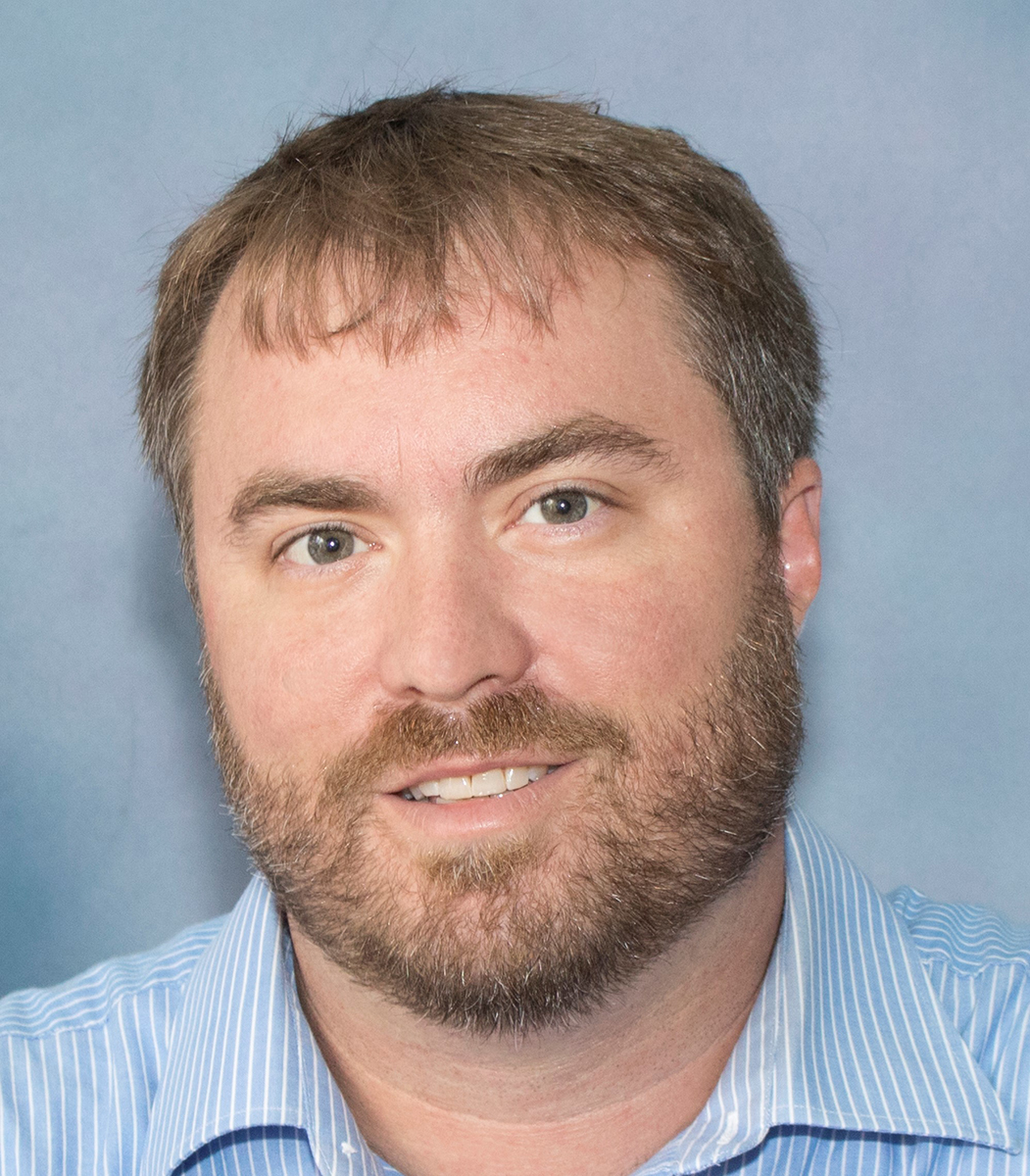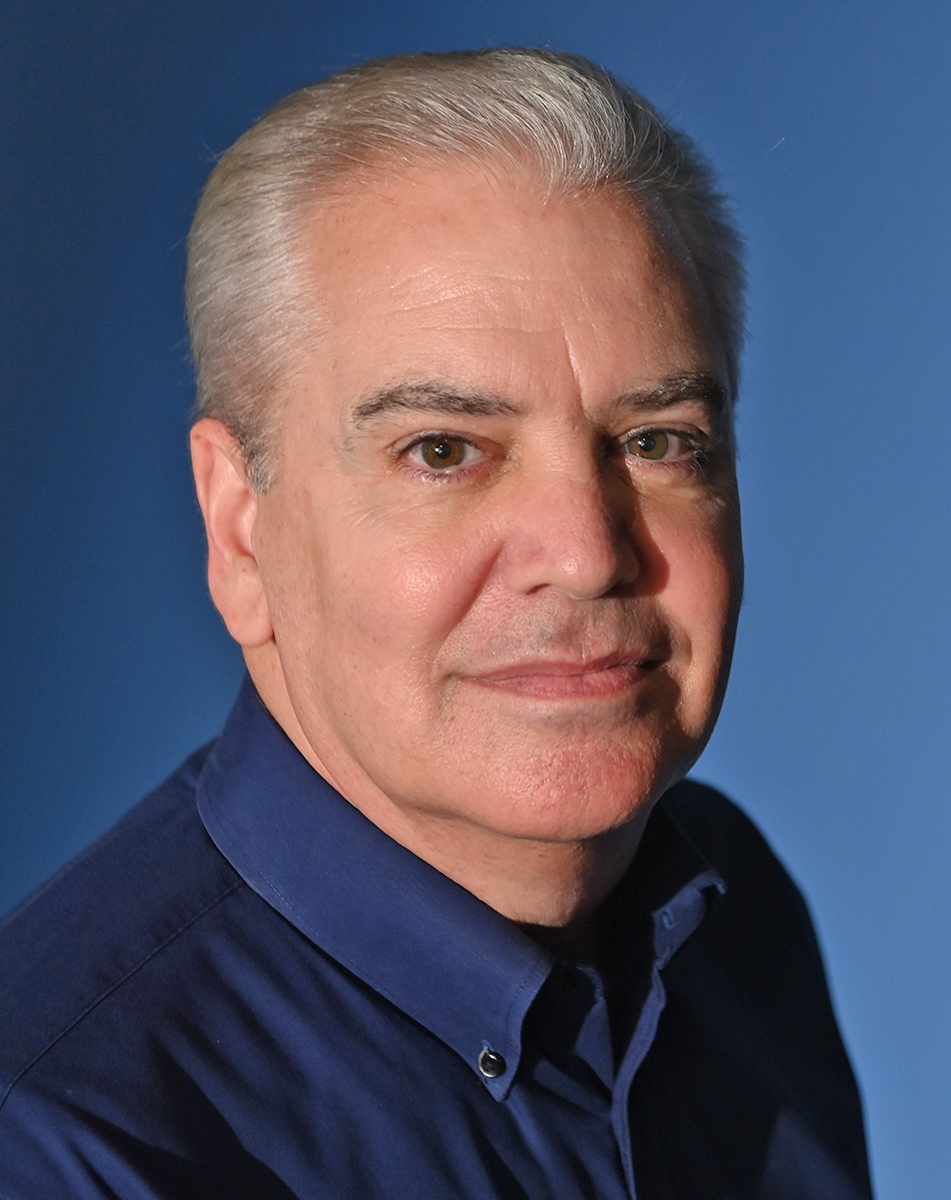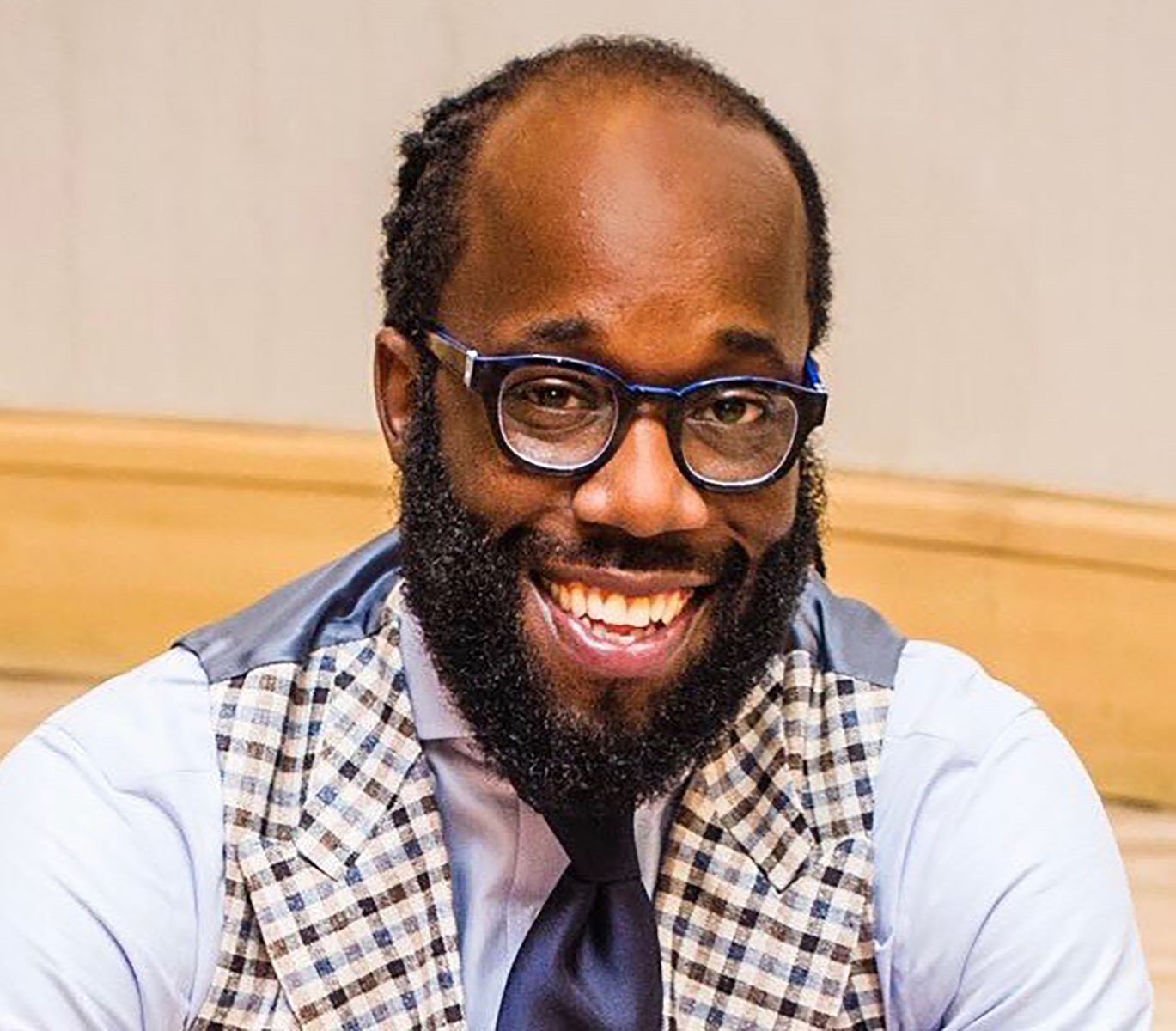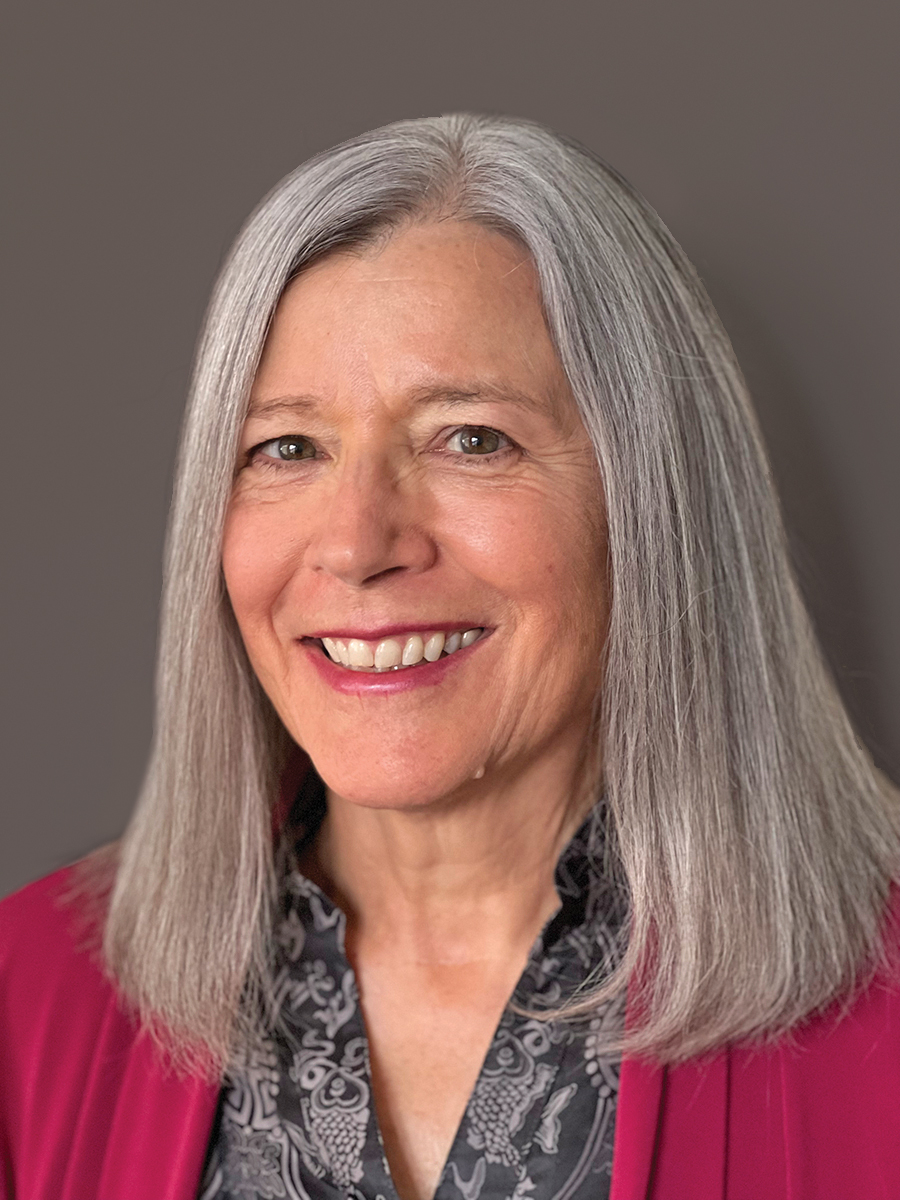Q&A with the Author
- What made you decide to write this book?
- What was the hardest part of writing it, and what was the easiest?
- What is one important lesson or message you hope readers take away from the book?
- Are there any other books that greatly influenced your writing process and/or your research?
- What led you to your specific area of study (the subject of your book)?
- Tell us one fascinating thing about the topic.
- Are there any common misconceptions about the topic?
- What advances do you hope we will see in the next 10 years?
- What made you decide to go into the field of Education?
- When you are not working, what do you do for fun?
- What is your all-time favorite book?
- Is there a project that you are excited to work on next? (A presentation, a workshop, writing another book, etc.)
Tell us more about your latest book!
What made you decide to write this book?
I have always written books to make teachers’ workloads realistic and connected to research. This new book, Differentiated Literacy Instruction in Grades 4 and 5, Second Edition, is an update of a book that was originally motivated by the fact that upper elementary teachers were left out of reforms that targeted K-3. I never thought that was a good idea, since almost all elementary schools are K-5, and I have always wanted schools to be communities where teachers worked and learned together.
What was the hardest part of writing it, and what was the easiest?
The hardest part of writing this book was the absence of my late partner, Mike McKenna, who died unexpectedly in December of 2016. We were well into the revision when he passed. We always believed that the real power to lift children’s literacy achievement could only be realized in a thoughtful plan for grade-level AND differentiated instruction.
The easiest part of writing the new edition was replacing the old frame (based on making good use of a commercial core curriculum) with an exciting new one (using intact trade books to drive Tier 1 instruction). Mike and I had been working through the nuts and bolts of that idea for several years, and this is an exciting time because many schools are using that work now.
What is one important lesson or message you hope readers take away from the book?
Differentiation is a really important part of the work teachers do. Differentiation, though, can never make up for a weak grade-level curriculum. It can add value to a strong one. You cannot differentiate the path to a goal that is not clear to all.
Are there any other books that greatly influenced your writing process and/or your research?
I am really influenced by researchers who are challenging the idea of leveled or just-right reading. I gobble up the work of Tim Shanahan, Freddy Hiebert, and Dan Willingham. I follow the folks who are trying to make curriculum guided by evidence, especially Nell Duke. My very favorite book about reading is a classic currently in its fourth edition: Reading Instruction That Works: The Case for Balanced Teaching (Pressley & Allington, 2015).
We are interested in learning more about your expertise.
What led you to your specific area of study (the subject of your book)?
I have always had a system:
- Go out into the world of schools and find a team that has a very specific problem.
- Go back to home and read everything I can find about that problem.
- Take those ideas back to the school and see if an evidence-based solution is reasonable.
- Fine tune the design until it is feasible for actual teachers.
- Wait to see what happens for students.
- Watch carefully to be sure that students are motivated, engaged, and improving and that there are no unintended bad consequences.
Once all that work is done, the idea is worth writing about! Luckily for me, Guilford has provided me many opportunities to publish in that cycle.
Tell us one fascinating thing about the topic.
What has been most fascinating is upper elementary student and teacher response to authentic challenging texts, including with readers who struggle. Now that we have found reasonable, evidence-based scaffolds to support students, we really have been able to build both achievement and motivation. It’s counter-intuitive, but harder materials have increased engagement for upper elementary students. They want to read interesting books, even if they are hard.
Are there any common misconceptions about the topic?
The biggest misconception that I know teachers struggling with is the belief that students can only benefit from reading books at a particular level. During instruction, students need to be able to read grade-level books. During free reading, they need to be able to choose. We have seen so many students become real readers by providing challenge, support, and choice.
What advances do you hope we will see in the next 10 years?
There are many thoughtful researchers reconsidering the idea of student reading levels. We all thought that students had a “sweet spot” in text that would enhance their growth. We called it their instructional level. It seems now that instructional level is not a characteristic of students, but a characteristic of the entire system of support. Teachers can make challenging text accessible, and challenging text is motivating. I think we will learn much about reader-text matching as researchers pursue that line of thinking.
Now a little bit about you…
What made you decide to go into the field of Education?
I think I always wanted to be an academic of some kind. I started out thinking I might be a research librarian. After college, I worked as a high school social studies teacher. I became interested in reading because my students were trying hard, but not getting much out of textbook reading. I wanted to know why. I enrolled in a Master’s program for Reading Specialists, and the rest is history.
When you are not working, what do you do for fun?
I work more, much to the dismay of my family.
What is your all-time favorite book?
Actually, I read pretty voraciously, and tend to go in phases—some of which are embarrassing. The first book I ever loved was D'Aulaires Book of Greek Myths. I read that with my aunt, Anne McNally, then a great social studies teacher. Then I started to want to talk to my father about books, so I read the same true crime and spy books that he was reading—although none of them were appropriate for my age. I had a high fantasy streak, with everything Tolkien and then Frank Herbert’s Dune series I read multiple times start to finish. For a while, I read every book featuring or about the history of vampires. Now, I am a bit more measured, and I try to balance fiction and nonfiction. I really admire the work of Jon Krakauer. But I still dabble in science fiction. I read John Sanford’s Saturn Run twice. I just finished Michelle Obama’s Becoming. Then I tore through The Tattooist of Auschwitz by Heather Morris. I guess it seems that I do something for fun after all! I read. Maybe that’s why I think all students should have that choice.
Is there a project that you are excited to work on next? (A presentation, a workshop, writing another book, etc.)
What I am consumed by now is my authorship of the low-cost full curriculum Bookworms K-5 Reading and Writing. With the help of the nonprofit Open Up Resources, it is now in a beta trial. It only uses intact books, and all of the lessons are fully designed—including those for differentiating instruction. Many schools use it, and we are studying its effects on teaching and learning.
See all titles by and read more about Sharon Walpole on her author page!
